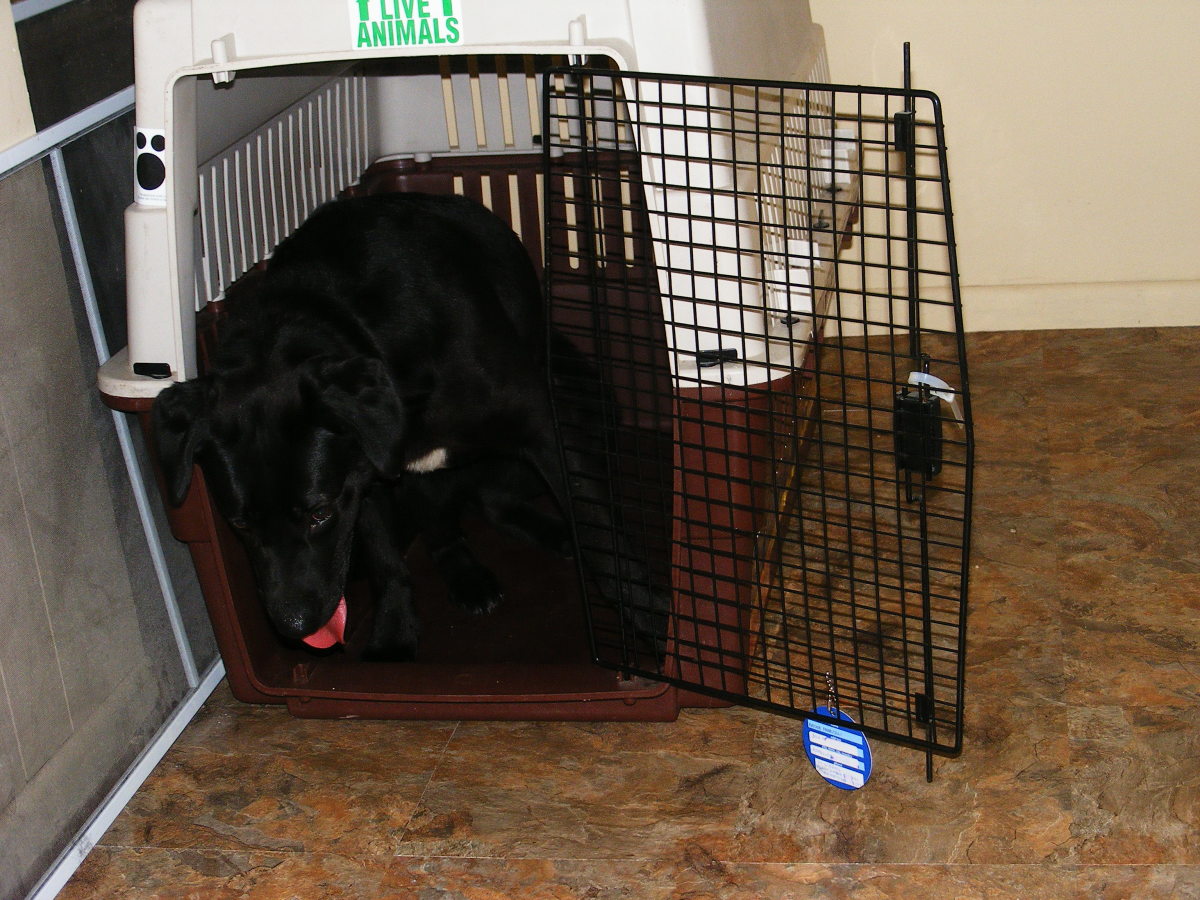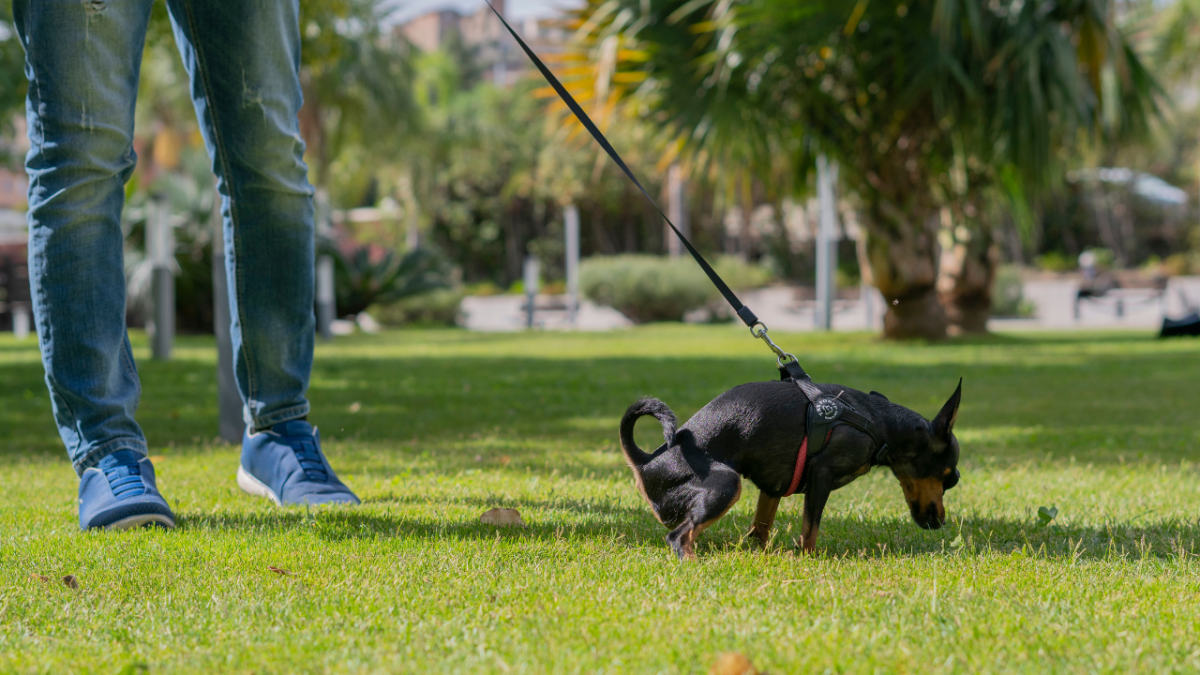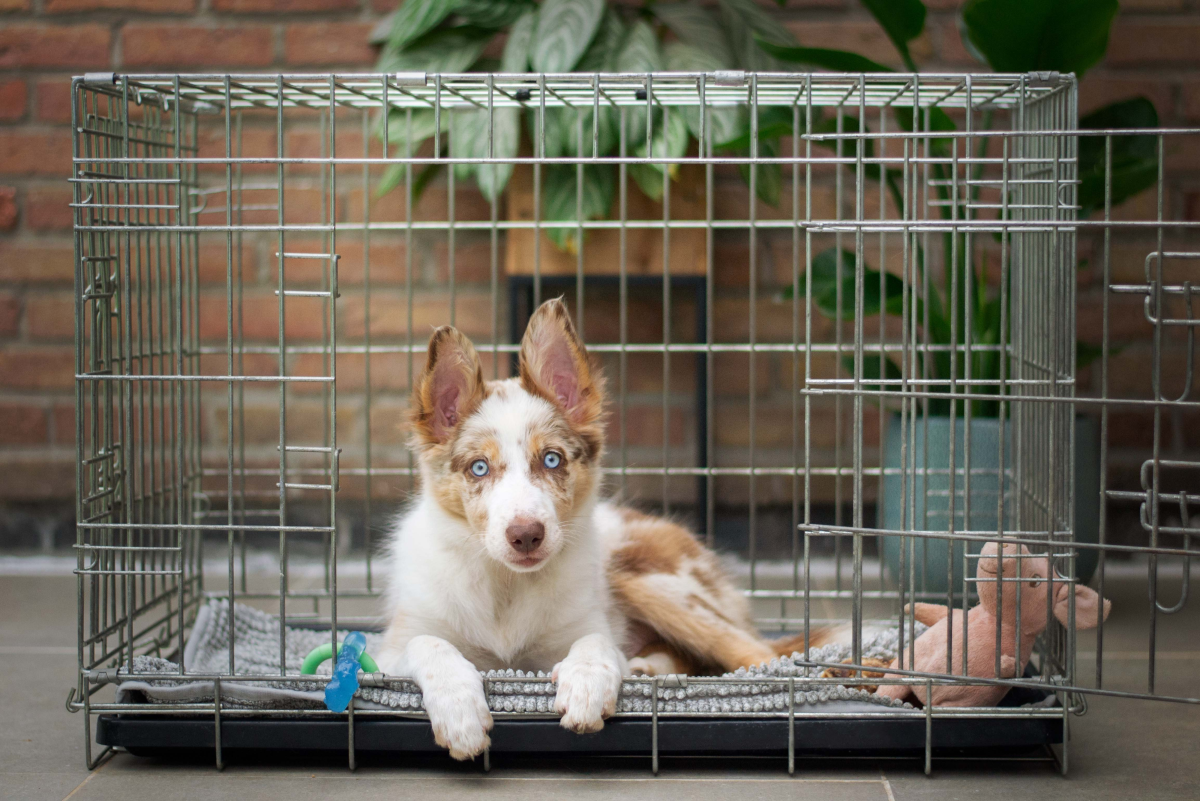Crate Training Your Dog
HOW TO CRATE TRAIN YOUR DOG
We all envision our new puppy as being a well-trained dog someday. A foolproof way to begin that process is through crate training. A common misconception of this is that you are locking a dog in a cage every time they misbehave, which is not true. Indeed, it does require that the dog be kept in a cage, however, it is only a minimal amount of time, and never used as punishment. A large focus of crate training puts a heavy emphasis on create a positive connotation with the crate, which is why it is not best utilized as a form of punishment for your dog.
The process of crate training needs to begin at the time you bring your dog into your home. You can still begin the process of crate training despite the dog being an adult, if you rescue them at an older age. The only requirement is that you need to be consistent with the training.
STEP ONE: FINDING THE CORRECT CRATE
The first step is obviously to get the correct crate for your dog. There are many options, and many sizes. Having the correct size is important, especially with puppies. I recommend buying a wire crate with a divider panel for a puppy, which allows you to determine how much floor space they are allowed. We will learn why this is important in the next few steps. This will also save you money from buying multiple crates early in your dog’s lifetime. Your dog should be able to lay down completely, and sit without having to duck their head when they are in the correct size crate. You should do additional research on different types and brands of crates before you decide on the correct option for your dog.
You can also put bedding inside the crate to make it comfortable for your dog, especially because they will be sleeping in it. It is up to you to decide what will work best. There are many options: pet beds, crate mats, or just a blanket can all be used.
STEP TWO: INTRODUCE YOUR DOG TO THE CRATE
Introducing your dog to the crat is the first step to creating a healthy association between the crate and your dog. Do not begin by forcing your dog into the crate, instead, allow them to enter on their own. You can speed up the pace at which they enter by coaxing them with training treats. This teaches your dog that entering the crate can be met with reward. Do not shut the door to the crate just yet, however. Give them some time to check out the crate and become comfortable in their space.
After a few times of wandering in on their own, reward them with a treat and give a command such as, “go to bed,” or “crate.” This will teach your dog to associate the command of your choice, the crate, and the receiving of a treat.
STEP THREE: LEAVE YOUR DOG IN THE CRATE
Once your dog associates the crate with a positive reinforcement, it is time to leave them in the crate for a short amount of time. Begin in small increments of time, as your dog is learning what is happening. It should begin with about ten to fifteen minutes while you work on a separate small task in a separate room. Then, after the time is up, allow them to come out. This gradual introduction to longer periods allows your pup to know that you will always come back for them, and also that the crate is a place they can relax, on their own.
It is important to know also, that your dog should be sleeping in the crate as well. This will also allow you and your dog your own time and space, and will decrease the likelihood that your dog will develop separation anxiety. It is also your job as the owner to have an understanding of what your dog can handle in regards to going to the bathroom. If this means you have to get up in the night to let your dog out to do its business, you must do it. If your dog is left too long without access to the bathroom, it will become hard to encourage your dog to enter willingly, as the negative experience brings a negative opinion of the crate. It can also mean accidents in the crate, which is not fun for either the dog, or the human to clean it up. This is also why floorspace is important relative to the size of your dog, as they will not go to the bathroom if they are forced to sit in the mess.
STEP FOUR: UTILIZING THE CRATE FOR POTTY TRAINING
Like previously stated, having an area where your dog has nowhere outside of their immediate area to go potty. This is why having the correct size crate is so important, as it will inhibit their area to find a corner to go potty in. This also means, that if they have nowhere to go potty, they will be forced to hold it, meaning they will also be learning bladder control. While, dogs do not gain full control of their bladder until they reach at least six months of age, this will help them to learn the natural ques that their body give when they have to go potty.
ADDITIONAL TIPS
It is important to remember, while it may be tempting to use the crate as a form of punishment, that is not the best way to utilize it. It can actually be a great training tool when used the right way.
Limiting the amount of time your dog spends in the crate is important. Leaving your dog for many hours on end can add to the effects of separation anxiety, but when used correctly, it can be used to prevent and treat separation anxiety.
Finally, taking cues from your dog is important. Trying to grasp what they are trying to tell you can help you understand the anxieties and issues they have with the new routine.
© 2020 Makenzie Houston








